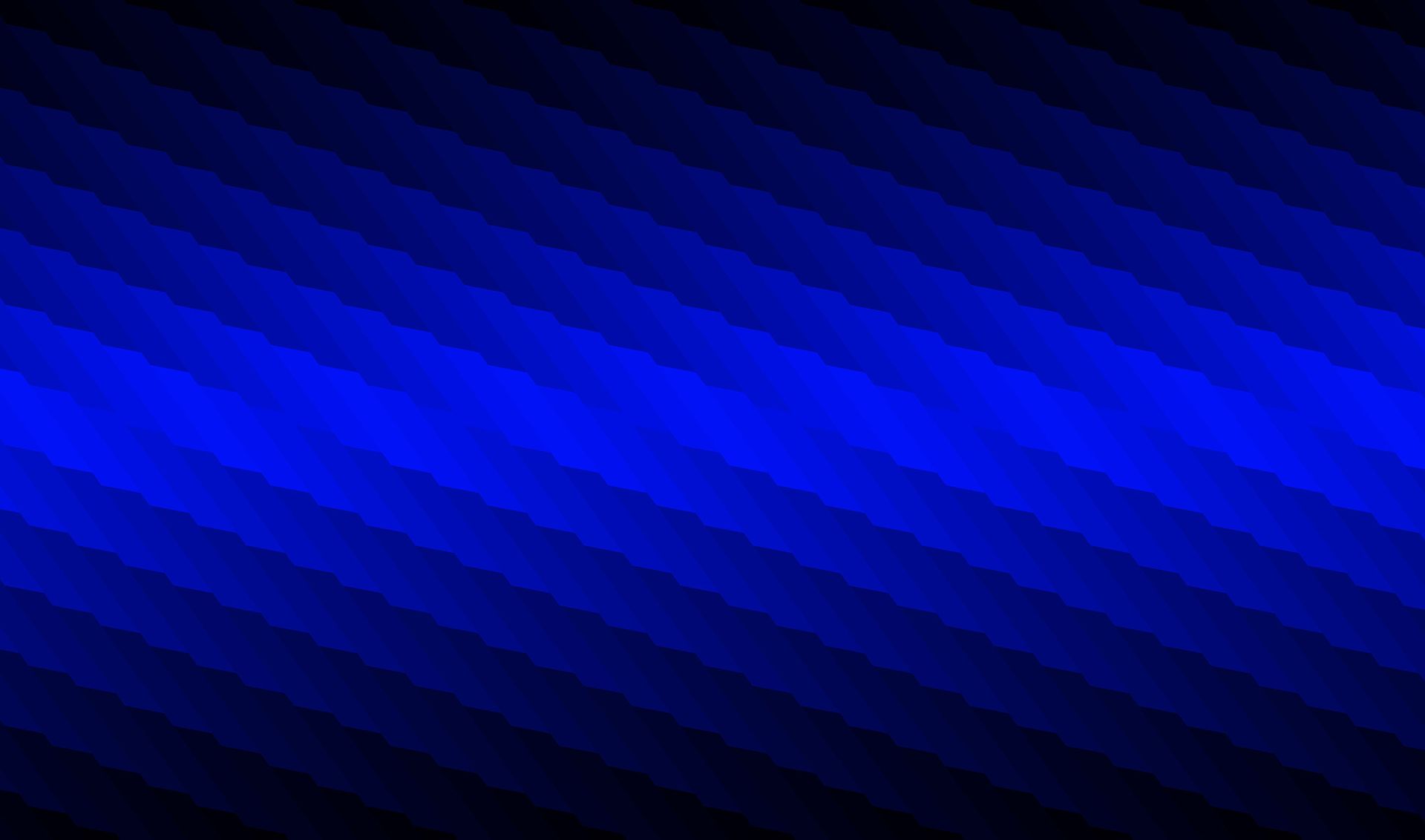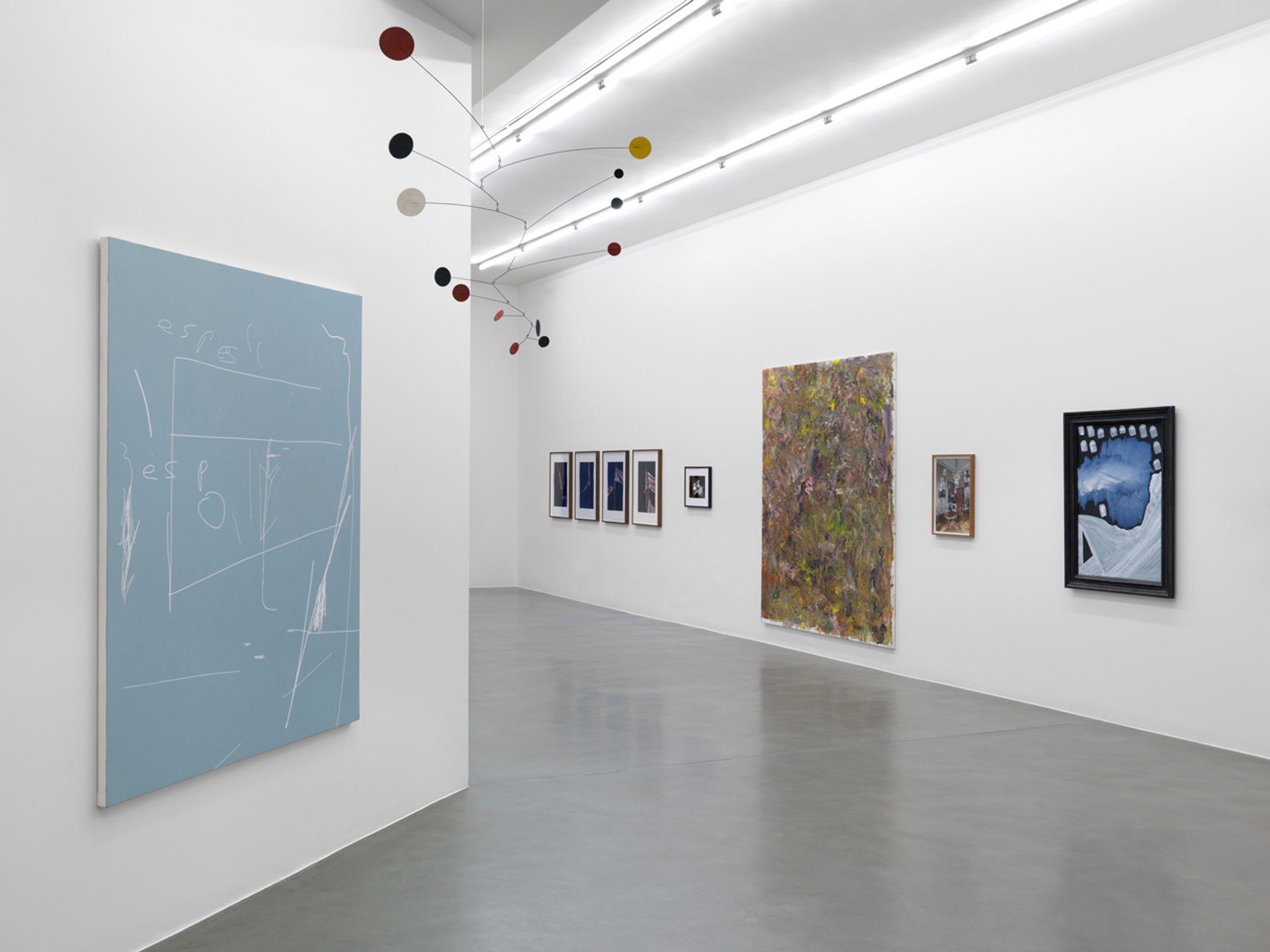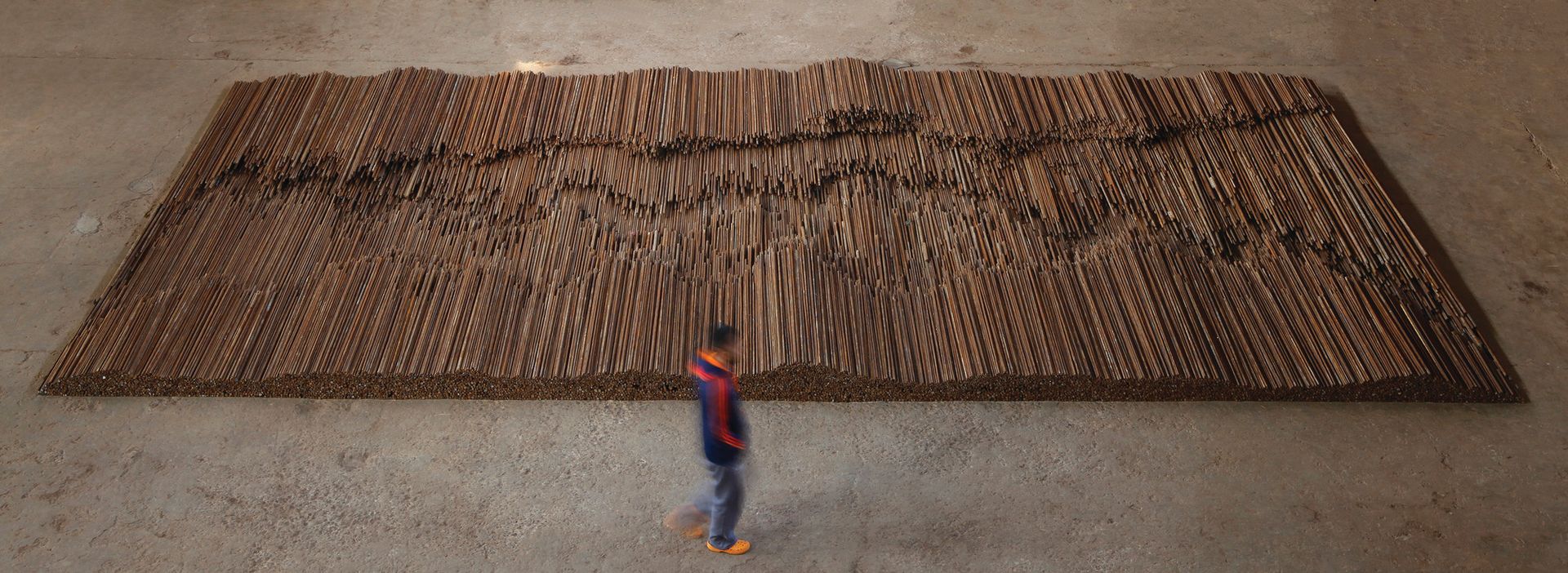William Kentridge: More Sweetly Play the Dance, Marian Goodman Gallery (until October 24)
It is impossible not to view the motley silhouetted line of itinerants, many carrying or dragging assorted belongings, processing from screen to screen around William Kentridge’s new multimedia film installation through the filter of the current refugee crisis. But although grimly topical, his rhythmically moving cavalcade, accompanied by a harshly jubilant South African brass band, also evokes and references the forced movements and exoduses that have become a tragic commonplace throughout Africa for generations. In doing this, it taps into a multitude of sources ranging from carnival traditions to the medieval danse macabre and Dada performance.
There are always many layers in Kentridge’s work and they resonate throughout this stunning show—his first in the UK for 15 years—where in drawings, text pieces, enormous paintings and another three-screen film installation, Maoist model operas meet Manet’s flower paintings and the 1871 Paris Commune. But alongside his erudition runs a profound love of materials and a dedication to the physical act of making. From Kentridge’s earliest 1980s stop-motion animated films, painstakingly built up from repeated charcoal drawings, to his monumental yet fragile and laboriously constructed ink on paper paintings—as well as the giant versions of his drawings carried by the protagonists in his epic new film—his work begins and ends with his consummate skill as a draughtsman. His ideas always emanate from the making of the mark and the process of hands-on production.

The Gap: Sel ected Abstract Art from Belgium, curated by Luc Tuymans, Parasol Unit (until 6 December)
Luc Tuymans describes his 16-artist show of Belgian abstract painting, sculpture and installations as “operational abstraction”, and it certainly refuses to lie back and simply be formal. The line-up spans big names such as Francis Alÿs and Raoul de Keyser, as well as work by overlooked figures such as the beautiful optical cuttings, twistings and pastings of Walter Leblanc, who died in 1986. Tuymans’s deliberate and thought-provoking juxtapositions trace active lineages, and connections buzz between the generations. The 1960s monochromes of Jef Verheyen shimmer across to Pieter Vermeersch’s subtly painted, shadowy veils, made just this year, and there is often an active engagement with the physical surroundings. Linked squares of stainless steel and plexiglass by Carla Arocha and Stéphane Schraenen swathe and reflect the pillars running through the show’s two floors, which in turn have been specially painted on site by Philippe Van Snick.
Another prevalent characteristic—as in Tuymans’s own work—is an ambivalent and on occasions fraught relationship with the figurative. It turns out that Arocha and Schraenen’s minimal spot painting on leather was inspired by a 1997 image of the American comedian Chris Farley after his death from a drugs overdose; the colour of the spots are based on blood, flesh and viscera, and the format of the canvas echoes the shape of Hans Holbein’s great painting of the dead Christ. Then there is Boy & Erik Stappaerts’s separate black-painted space containing a disquieting pair of black, shiny, bonelike polyester sculptures; or Gert Robijns’s Magrittian empty jacket jutting from a wall, and the mordant humour of a solitary Brussels sprout, cast in bronze.

Faux Amis, Simon Lee gallery (until 7 October)
Friendship takes many forms, and the open invitation to the 21 Simon Lee Gallery artists to sel ect an artwork from any generation or tendency, to be exhibited as a “false friend” alongside their own artwork, has resulted in a stimulating set of conversations. The reasons for selection can be obvious and/or oblique, and the relationships smooth or prickly.
The show’s success is in part due to the exceptional quality of many of the historical works the contemporary artists have chosen. There is a quietly glorious Giorgio Morandi mooching with Claudio Parmiggiani’s smoking candle. The work of Jeff Elrod is paired with an Alexander Calder mobile of 1947; that of Gary Simmons with a delicious little Gerhard Richter wipe painting. Sarah Crowner’s stitched canvas cohabits with Egon Schiele’s pencil and charcoal reclining nude, and an exquisite Surrealist work by Leonor Fini chimes with Marnie Weber’s collage. Next to a small Turner beach scene, Bernard Frize’s abstract assumes a strange horizon. Some artists have picked their contemporaries, as in Merlin Carpenter’s denim love-in with Sarah Staton and Valentina Lierner; or Josephine Pryde teaming up with Rachel Reupke. In an act of unsettling onanism, Toby Ziegler has combined one of his oil paintings with his own video that presents ten hours of white noise…

Ai Weiwei, Royal Academy of Arts (until 13 December)
Ai Weiwei sees no distinction between his art and his activism – and over the past few years his superstar status as an dissident and figurehead for free speech and human rights has tended to overshadow any objective assessment of his art. And although his work frequently pops up in biennials and isolated projects, it has not received a significant showing in the UK. At the Royal Academy of Arts, the highly personal nature of much of Ai’s work continues to entangle it with the man himself, especially since—due to his passport only being returned at the end of July—this is the first of his exhibitions since 2011 that Ai has actually been able to attend in person. But in this pared-down, beautifully organised show the best of his art is also able to step out from the shadow of its maker’s celebrity. The work speaks powerfully on its own terms both within and beyond what Ai describes as “the times I find myself in.”
Inevitably, there is spectacle aplenty including the glade of giant bolted-together trees in the RA’s courtyard; the walkthrough sculpture made from the salvaged timbers of four ancient Ming and Qing dynasty temples; and the giant chandelier of crystals and bicycles suspended in the rotunda. But seeing such a substantial two decade-plus span of Ai’s work en masse enables richer readings, more meaningful cross-referencing and the chance to observe how themes reoccur and are reinterpreted—the map of China is a particular obsession. The show’s earliest work is a profile portrait of Marcel Duchamp fashioned from a coat hanger in the 1980s. And throughout, in myriad materials—marble, ebony, jade, porcelain—Ai transforms the classic idea of the readymade in ways that commemorate the radical dismantling of China’s past but also celebrate the extraordinary traditional craft skills that still survive. Conceptualism and Minimalism are also re-booted and infused with very specific and subjective memory and meaning, whether a giant one-ton cube of compressed tea or, more chillingly, grim facsimiles of his 81 day incarceration in 2011. These six rusted steel boxes contain models of his prison cell including the ever-present guards who had him under constant surveillance.
Then there is the standout room of the show that contains Straight (2008-12) a floor full of painstakingly re-straightened steel reinforcing bars, which Ai secretly salvaged from the wreckage of the 2008 Sichuan earthquake. Laid out in stacked rows, their ends forming an impromptu jagged seismograph, these reclaimed relics are presided over by lists around the walls of the names of more than five thousand school children who perished in their shoddily constructed schools. The accompanying film chronicling the circumstances and the making of this piece is difficult to watch. This entire installation, to my mind, forms one of the all-time great pieces of commemorative art and alone makes this exhibition essential viewing.


